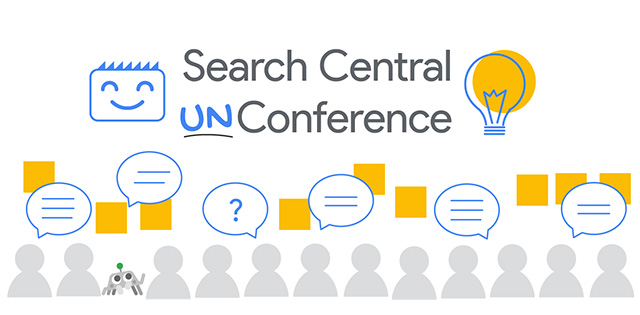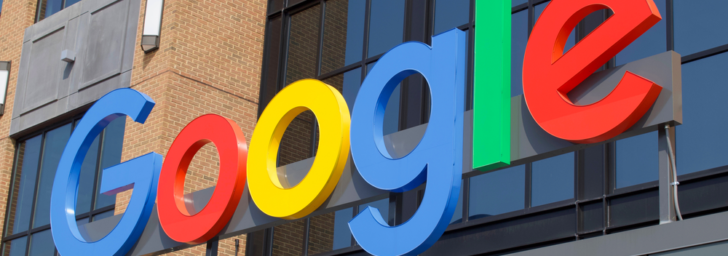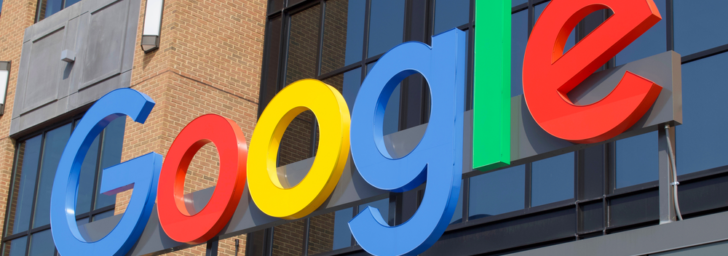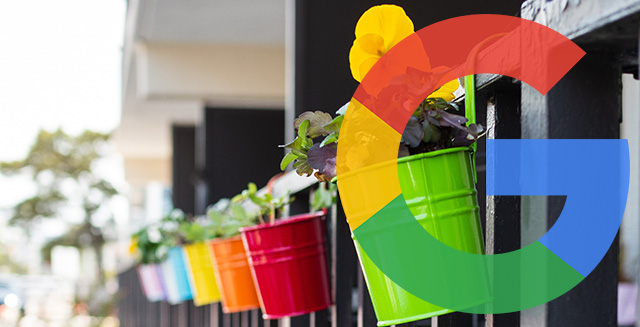
The first two weeks of March have seen several important SEO developments, some of which may point to even bigger changes further down the road.
First and foremost, Google’s desktop page experience rollout is now complete. So it’s time to start thinking about desktop signals if you haven’t already optimized for them.
The continued growth of IndexNow is also notable, with several well-known software providers signing up to the protocol this month. Is it the future of indexing? It’s a definite maybe.
And there’s news closer to home. BrightEdge acquired Oncrawl as part of our commitment to data-driven optimization. We’re very excited about what it means for our customers.
Let’s take a look at these and other stories in more depth. Here’s your twice-monthly roundup of all the latest SEO news.
Desktop Page Experience Rollout Finishes
Google has now finished implementing its desktop page experience update. The update applies all mobile page experience factors to desktop, with the exception of mobile-friendliness. While not a major change to the algorithm, it’s still essential that SEOs take note.
Page experience signals are relatively easy to optimize from a technical standpoint. If you haven’t already accounted for them, or are unsure about whether your site meets current standards, then it’s time for an audit.
Google Search Advocate John Mueller provided extra context about how page experience works in an office-hours hangout earlier this month.
In summary, he said that page experience needs to be understood in terms of search intent—if a searcher wants to reach a specific website, page experience will likely be redundant—and that the update is unlikely to cause considerable swings in rankings, at least in the immediate term.
Software Providers Add Support for IndexNow
Several software developers have added native support for IndexNow to their products. SEOPress, RankMath and Duda are three examples. Whenever content changes are made to websites running one of these apps, participating search engines will automatically be notified. Millions of sites use the IndexNow protocol, and that number is growing every day.
While they have yet to sign up, Google has shown some interest. At the moment, Bing and Yandex are the only major search engines partnered with IndexNow. But continued uptake on the part of web admins could herald the next phase of website indexing. And it’s good news for SEOs, especially those that run smaller websites that aren’t crawled as much as larger ones.
BrightEdge Acquires Oncrawl
BrightEdge has been making headlines. We partnered with Oncrawl, one of the leading technical SEO data science platforms.
As Jim Yu, one of the founders of BrightEdge, said in his post on the topic: “Oncrawl pioneered big data infrastructure and semantic analysis of SEO data, allowing for much more control and visibility. Oncrawl has rapidly become a must-have for advanced SEOs and has won numerous awards.”
Expect big things to come and more details to follow.
Google Shopping Experience Scorecard Rewards Customer Experience
Google has launched a program for select merchants called the “Shopping experience scorecard.” US-based e-commerce sellers that participate in Buy on Google or free listings may receive a variety of benefits, including a ranking boost and a Google badge, if they meet several customer experience criteria. These include shipping speed, shipping cost, return window and return cost.
You can access an area dedicated to the Shopping experience scorecard in your Google Merchant Center account. The program is optional, so it’s up to you if you want to provide customer service data to Google. However, if you provide a superlative customer experience, there’s no reason not to take advantage of this opportunity. Your competitors certainly will be.
Queries Related to the Russian Invasion Display New Sections on SERPS
As the dreadful war in Ukraine continues to unfold, people are turning to Google for information and updates. Google has responded to this increased search activity by rolling out several new features on some results pages.
Three new sections appear in response to certain queries related to the Russia-Ukraine conflict. These are “Estimated losses,” “Photos,” which displays relevant images, and a list of articles providing general background (as opposed to the latest stories) under the header “For context.”
While these new features seem limited to the on-going war, it’s possible that there will be a larger rollout. If this happens, there will likely be an opportunity for news outlets to optimize their content for greater exposure.
Google Exploring Ways to Show Short-Form Videos in SERPs
In a recent Search Off the Record podcast, Danielle Marshak, who oversees video content in search results, said that Google is experimenting with indexing more short-form videos (under five minutes and filmed in a vertical aspect).
There are a few problems with serving certain types of recorded content. For example, Instagram and Snapchat videos need to be viewed in an app and therefore can’t be indexed. But this isn’t an issue for other platforms like TikTok.
Short-form video is potentially highly relevant when it comes to meeting the intent behind certain queries, making it likely that Google will pursue this avenue.
Danny Sullivan Weighs in on “Personalization” Debate
You might have encountered the narrative that Google intentionally serves personalized results that cater to searcher biases. This questionable activity, so the argument runs, contributes to an “echo chamber effect” and insulates people from alternative views. That’s a pretty hefty claim.
But it’s largely untrue, at least according to Search Liaison Danny Sullivan. The way Google ranks content is much more mundane and based primarily on location and recent queries, in a way that doesn’t create filter bubbles.
In a short exchange on Twitter with UCLA professor Ramesh Srinivasan, Danny Sullivan said, “Our search results at Google are not personalized in the way that’s described. Two people searching for the same thing in the same location will largely see the same results.”
Think With Google Publishes Search Insights
In February, Think With Google published a report looking at how user expectations have shifted over the last twelve months. It makes for fascinating reading.
Growth of 800% year over year of terms related to winter vacations points towards a large-scale shift in the way people are spending theri holidays. And searches for “24/7 customer service” have increased by 500% compared to the previous year. So you better start thinking about expanding your support department.
Tatiana Perebeinis of SE Ranking Killed in Ukraine
We would like to end this SEO roundup by remembering Tatiana Perebeinis, formerly the chief accountant for SE Ranking. According to a report by the New York Times, Tatiana and her two children were killed by Russian forces while attempting to flee Irpin in Ukraine. She was a well-known and valued member of the SEO community.

















